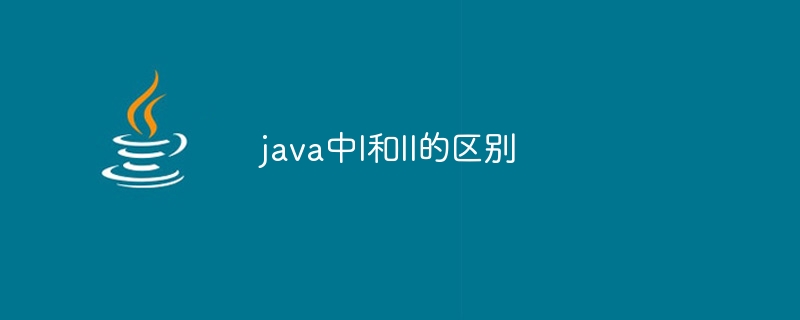The difference between I and II in java
- 下次还敢Original
- 2024-04-29 02:36:14523browse
The differences between Java I and II are as follows: Target Audience: Java I is for beginners and Java II is for advanced developers. Features: Java II extends the features of Java I, including collections, generics, multithreading, and exception handling. Purpose: Java I is for beginners and Java II is for experienced developers who require advanced Java knowledge.

Differences between Java I and II
Java I and II are two different versions of the Java programming language. They have different target audiences, functions, and uses.
Target Audience
- Java I: For beginners and people who want to master the basics of Java.
- Java II: Intended for advanced developers and those who want to gain a deeper understanding of advanced concepts in Java.
Function
I Version:
- Focus on Java’s basic syntax, data types, Control flow and object-oriented programming (OOP) principles.
- Does not cover advanced concepts such as collections, generics, and multithreading.
II version:
-
Expands the functionality of I version to cover the following advanced concepts:
- Collections (such as lists, sets, and maps)
- Generics (for creating type-safe code)
- Multi-threading (for concurrent programming)
- Exception handling (For managing errors)
- Also provides an in-depth understanding of the Java Application Programming Interface (API).
Purpose
I Version:
- As an entry point into Java programming
- Suitable for beginners who need to understand the basic knowledge of Java
II version:
- Suitable for experienced people who need to master advanced Java concepts Developer
- Useful for those who want to advance their career in Java
The above is the detailed content of The difference between I and II in java. For more information, please follow other related articles on the PHP Chinese website!

